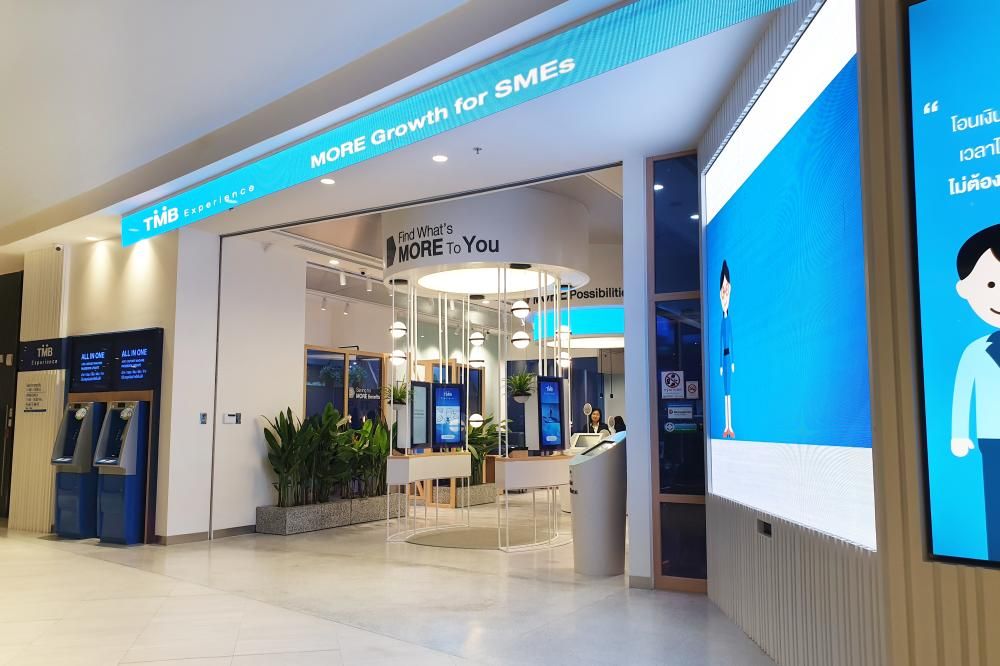Three Consumer Research Methods Beyond Surveys That Can Sharpen Your Next Commercial Due Diligence
David Saffer and Liam Johnson
David Saffer, a Partner and the leader of our consumer research practice, demonstrates that primary consumer research serves more than just marketing departments — SATOV’s consumer research often serves as a major input into the commercial due diligence process when we are helping our clients validate their investment theses.
Determining how real people interact with a product or service is often a key component to proving an investment thesis. Over dozens of deal processes, we’ve seen consumer insight workstreams surface blind spots, validate assumptions, and sometimes shift investment theses entirely.
During a commercial due diligence involving a B2C target, we need to find out how consumers experience the brand at every relevant touchpoint. We need to understand purchase journeys, decision criteria, and brand perceptions relative to competitors. We need to ultimately identify the most prevalent risks from the consumer standpoint and determine whether we can, together with the client, become comfortable enough with those risks to move forward. And we need to find these insights within a few weeks.
Any time we need to get consumer data, one of the first tools that comes to mind is a survey. And on these kinds of projects, we often do run a survey since we have a team that get it in field fast, but it’s not always the most efficient way to get answers.
Qualitative and other creative consumer research methods in conjunction with other analyses can provide the depth that others can’t. Here are three field-tested ways to use consumer research in commercial due diligence to add context, sharpen analysis, and avoid surprises.
1. Secret Shopping
What better way to get a feel for the purchasing experience for a product or service than to put yourself directly in the shoes of the buyer. Our secret shopper (also called “mystery shopper”) research has taken many forms – sending out our team to do visits stores to assess CPG displays; recruiting individuals to engage in and report on the application process for a financial product; deploying a team of secret shoppers to document outdoor signage at target locations across Canada and the US.
Whatever the specifics, adding secret shopping to the commercial due diligence workplan helps develop a richer, more unbiased view on customer experience. It can give us a sense for how the real-world experience of the target’s brand fits with its go-to-market strategy, and in turn how that aligns with the investment thesis.
When we were helping a client evaluate a distributor of a niche food category, we visited grocery stores across Canada and the US to evaluate the prominence of the shelf space allocated to the target’s category. That information helped shape our view on the overall stability of the category and confirm that the target was working with the right partners.
When we were conducting due diligence on a sporting goods manufacturer, we visited sporting goods retailers to find out how sales reps were communicating the target’s brand relative to competitors. That helped us contextualize some of the numbers we were seeing in our financial data analysis.
When conducting due diligence on a chain of healthcare clinics, we called 50+ locations to speak with customer service reps and developed a scorecard to compare service across branches. Those scores helped us identify gaps in customer experience and messaging consistency.
Many more examples, from QSR chains to mortgage products, show the benefit of secret shopping. It is easy to look at the numbers and claim whether a business is healthy or not, but supplementing data with real-world perspective adds context to the 10,000-foot view and regularly helps us assess the overall sustainability of a business and its strategy.
2. Focus Groups
Focus groups discussions are useful in many different ways in commercial due diligence, depending on when in the process they happen.
Done early, particularly when developing a consumer survey, focus group discussions can help maximize the success of other workstreams, such as questionnaires and expert interview guides. They can help us understand the language consumers use to talk about a topic, get a sense of what matters to them, and get feedback on question wording to make sure we are asking the most pertinent questions in the right way.
Focus groups can also help uncover insights in their own right, which we can triangulate with other data, often adding context to the numbers and helping to clarify the story.
When we conducted due diligence on a driving school, after reviewing our survey data, we met with parents to discuss their kids’ drivers ed experiences to understand the process and criteria for choosing a school from awareness to enrolment and ultimately satisfaction and willingness to refer others. Having a chance to unpack survey data by discussing these areas face-to-face gave us and the client greater confidence in the target’s likelihood of continued success.
When we were evaluating a niche consumer lending product, we held focus groups to determine why consumers would use the product and why they would choose one lending institution over another. We were able to combine this with other research and analysis to develop a view of the target’s competitive positioning.
We are particularly good at mobilizing and recruiting quickly, leveraging our own networks and strategically using social media. We ensure that we find enough of the right consumers to speak with to form strong hypotheses, help craft our survey and learn some important early insights along the way. Focus groups reveal what draws people in—or turns them off—and what alternatives they weighed along the way so that we can move into quantitative research with a strong foundation of the most important factors.
3. Digital Benchmarking
In our digital world, measuring how a brand performs against its competitors across digital channels helps inform its broader positioning in the market. We often look at SEO and SEM performance at the top of the funnel to assess how customers are organically introduced to the brand, and we look at the UX of the website and how easy it is to navigate. We also scrape reviews from social and industry pages to evaluate the experience consumers have had with the target compared to other incumbents to develop proxies for their likelihood to refer or use again and to assess the perception prospective consumers would have in their shopper journey.
In our many B2C due diligence projects we have benchmarked search performance and scraped customers reviews across orthodontist clinics, mortgage lenders, retail stores, consumer apparel, car dealerships, and many more.
This analysis adds another layer of confidence to market sizing, gauging the target’s ability to foster leads at the top of the pipeline and identifying opportunities to grow through SEO and SEM.
In Conclusion
Used in conjunction with market models, financial forecasts and other quantitative frameworks, consumer research often fills gaps and adds qualitative context to the underlying health and drivers of the business.
Expanding the commercial due diligence toolkit to include consumer research can be the difference between delivering an answer instead of just a report.



